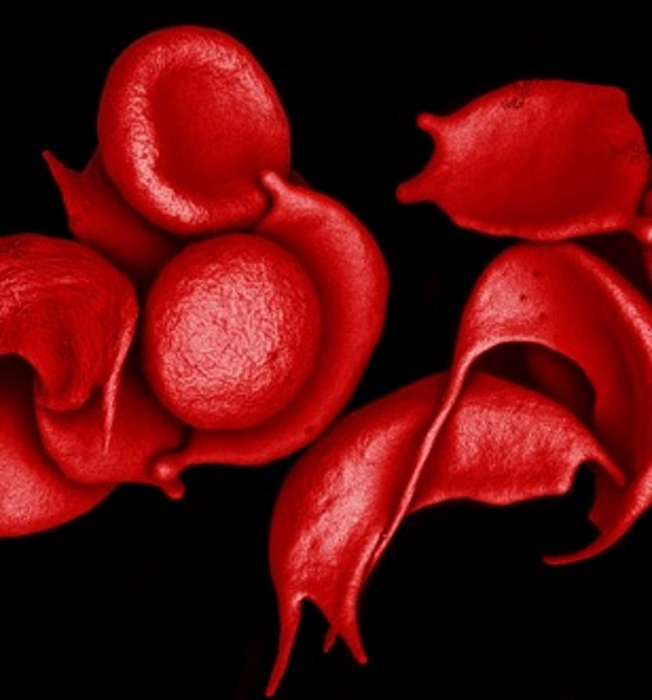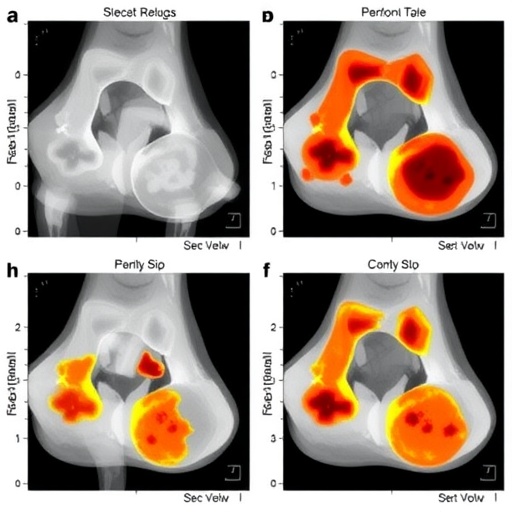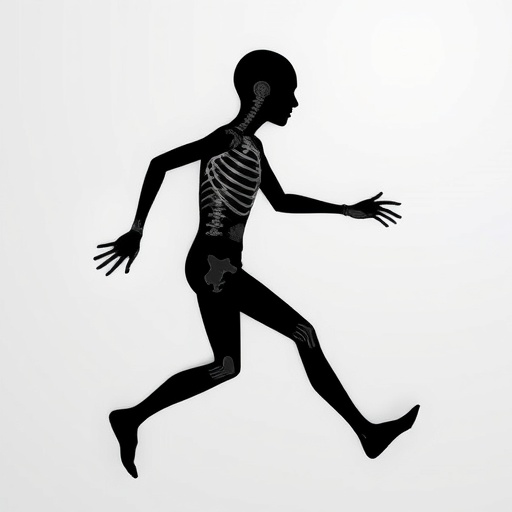Sickle cell disease is an extremely debilitating condition that affects up to 40% of the population in African countries, with patients suffering episodes of excruciating pain, organ damage and reduced life-expectancy. This disease is caused by a mutation in a gene that makes haemoglobin, the protein that carries oxygen in red blood cells, with the damaged haemoglobin distorting the shape of red blood cells, causing painful and potentially life-threatening blockages in blood vessels. However, scientists have realised that increasing the production of a healthy form of this protein (foetal haemoglobin, which is usually only produced when we are in the womb), could provide a revolutionary treatment for these patients. In their current Disease Models & Mechanisms article, Mitchell Weiss and colleagues from St. Jude Children’s Research Hospital, Memphis, USA, investigated a promising new treatment that is being developed in Weiss’ lab and works by editing genes to switch on the production of this healthy, foetal haemoglobin in adult red blood cells. When testing the treatment in mice, the researchers found that even though the lab mice had the symptoms of sickle cell disease, the foetal haemoglobin gene and surrounding DNA were not properly configured, making the revolutionary stem-cell treatment ineffective or even harmful in the animals and raising concerns for future research testing new gene-based therapies in these laboratory mice.

Credit: Image courtesy of the Weiss lab. For permission to reuse, please contact St. Jude Children’s Research Hospital.
Sickle cell disease is an extremely debilitating condition that affects up to 40% of the population in African countries, with patients suffering episodes of excruciating pain, organ damage and reduced life-expectancy. This disease is caused by a mutation in a gene that makes haemoglobin, the protein that carries oxygen in red blood cells, with the damaged haemoglobin distorting the shape of red blood cells, causing painful and potentially life-threatening blockages in blood vessels. However, scientists have realised that increasing the production of a healthy form of this protein (foetal haemoglobin, which is usually only produced when we are in the womb), could provide a revolutionary treatment for these patients. In their current Disease Models & Mechanisms article, Mitchell Weiss and colleagues from St. Jude Children’s Research Hospital, Memphis, USA, investigated a promising new treatment that is being developed in Weiss’ lab and works by editing genes to switch on the production of this healthy, foetal haemoglobin in adult red blood cells. When testing the treatment in mice, the researchers found that even though the lab mice had the symptoms of sickle cell disease, the foetal haemoglobin gene and surrounding DNA were not properly configured, making the revolutionary stem-cell treatment ineffective or even harmful in the animals and raising concerns for future research testing new gene-based therapies in these laboratory mice.
Before a new treatment can be tested on people, scientists test them on laboratory animals, so Weiss and colleagues tried their new gene therapy in two types of mice that carry the symptoms of sickle cell disease: so-called ‘Berkeley’ and ‘Townes’ mice. First, they removed stem cells – cells in the bone marrow programmed to become red blood cells – from the mice and used gene editing to modify part of the stem cells’ DNA to switch on the healthy foetal haemoglobin gene. The scientists then put these reprogrammed stem cells back into the mice and monitored the animals for 18 weeks to find out how the treatment affected them.
Surprisingly, 70% of the Berkeley mice died from the therapy and it only activated production of the healing foetal haemoglobin gene in 3.1% of mouse’s stem cells. In contrast, the experimental treatment activated the foetal haemoglobin gene in 57% of red blood cells in the Townes mice and did not affect the animals’ survival. However, the levels of foetal haemoglobin produced in the red blood cells of Townes mice were 7- to 10-times lower than seen when this approach is used in human cells grown in the laboratory and not high enough to reduce clinical signs of sickle cell disease.
Weiss and colleagues then wanted to find out why this new treatment was not successful in the Berkeley mice, which have been used for decades to test treatments for sickle cell disease. Dr Weiss says, “We realized that we did not know enough about the genetic configurations of these mice”. Therefore, the team sequenced the haemoglobin genes and surrounding DNA of the Berkeley mice and discovered that instead of having a single copy of the mutated human gene, the mice had 22 randomly arranged, broken-up copies of the mutated human sickle cell disease gene and 27 copies of the human foetal haemoglobin that the team had hoped to activate to cure the mice of the disease. This complex genetic make-up caused the fatal effects when the scientists tested the gene therapy in the Berkeley mice, as editing multiple copies of a gene can damage the DNA. This means that researchers cannot use these mice to test and optimise this gene-editing treatment.
In contrast, the Townes mice only had single copies of the mutated human haemoglobin gene and the gene that makes human foetal haemoglobin. However, these mice likely lacked crucial pieces of DNA that normally regulate the production of the foetal haemoglobin gene in humans. Therefore, they couldn’t produce enough of this healthy protein to alleviate the mouse symptoms. Dr Weiss commented, “Our findings will help scientists using the Berkeley and Townes mice decide which to use to address their specific research question relating to sickle cell disease or haemoglobin. Additionally, this work provides a reminder for scientists to carefully consider the genetics of the mice that they are using to study human diseases and find the right mouse for the job.”
Journal
Disease Models & Mechanisms
DOI
10.1242/dmm.049463
Method of Research
Experimental study
Subject of Research
Animals
Article Title
Limitations of mouse models for sickle cell disease conferred by their human globin transgene configurations
Article Publication Date
6-Jul-2022
COI Statement
Dr Weiss is on advisory boards for Cellarity Inc., Novartis, Graphite Bio and Forma Therapeutics.
The other authors declare no competing financial interests. Co-author Akshay Sharma is the site principal investigator of clinical trials for genome editing of sickle cell disease sponsored by Vertex Pharmaceuticals/CRISPR Therapeutics(NCT03745287)and Novartis(NCT04443907). The industry sponsors provide funding for the clinical trial, which includes salary support. Akshay Sharma has
received consultant fee from Spotlight Therapeutics, Medexus Inc. and Vertex Pharmaceuticals. He has also received research funding from CRISPR Therapeutics and honoraria from Vindico Medical Education.





